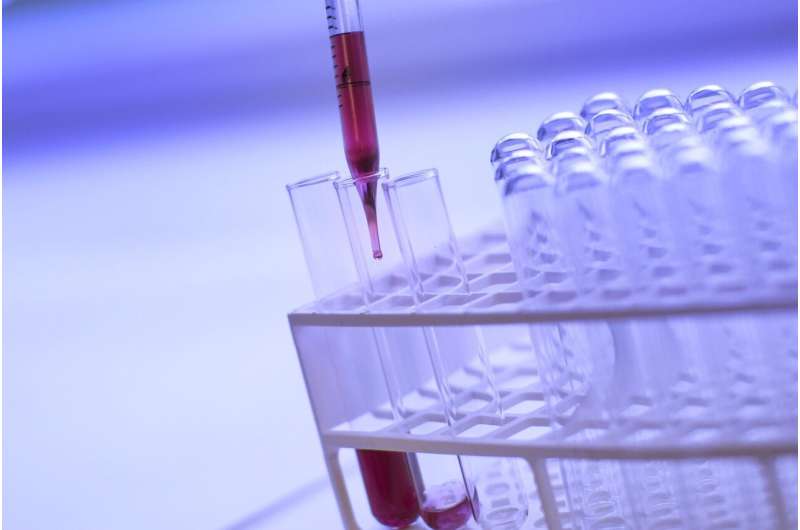
Legislation currently under consideration in the U.S. Congress would increase regulatory oversight of certain diagnostic tests, and a new study by researchers at Massachusetts General Hospital (MGH) and colleagues from several other institutions demonstrates that its potential impact will depend on key details in the bill’s final language. This study, published in JCO Oncology Practice, offers the first evidence-based analysis of how new rules proposed for the regulation of laboratory-developed tests (LDTs) could affect health care costs in the United States.
“The idea of having more oversight of LDTs is justified,” says Jochen Lennerz, MD, Ph.D., medical director of the MGH Center for Integrated Diagnostics (CID) and the study’s senior author. “But our results show that it’s very important to align the language in this new law with the intent of what it’s trying to accomplish.”
From a regulatory standpoint, there are two categories of in vitro clinical tests (IVCTs), which include diagnostic tests performed in a test tube, culture dish, or elsewhere outside a living organism. Manufactured tests for many different conditions are commercially available. The Food and Drug Administration (FDA) closely regulates these tests, requiring manufacturers to submit data for premarket approval before they can be sold. However, clinical laboratories at hospitals and in other health care settings can create their own IVCTs for use in-house, which are known as LDTs. Currently, the FDA does not require premarket approval of LDTs and exercises little oversight of their use.
LDTs serve a variety of purposes, but one critically important role is identifying patients for novel drug therapies that target specific DNA variations, particularly if a commercial test is not yet available. This form of therapy, known as personalized medicine, is becoming increasingly important in cancer treatment.
Unfortunately, faulty IVCTs can produce inaccurate results, causing some patients to forgo potentially beneficial treatments and others to receive unnecessary and potentially harmful therapies. The proposed legislation, currently known as the Verifying Accurate and Leading-edge IVCT Development (VALID) Act, clarifies the authority of the FDA over all diagnostics tests.
If passed, VALID would focus on so-called high-complexity IVCTs, which have the greatest potential for patient harm if the results are incorrect. To comply with VALID, clinical laboratories would have to demonstrate accuracy of their LDTs, which includes a process called technology certification.
Lennerz believes that the stringency of how VALID is interpreted, which is not currently defined in the bill, will influence whether the proposed law can improve the quality of LDTs without significantly increasing future health care costs. He joined lead author Richard Huang, MD, and several colleagues in an effort to model the overall expense of maintaining the technology certification framework under VALID for cancer diagnostics. They based their estimates on 2019 data from CID, which performs more than 10,000 high-complexity LDTs for MGH patients each year.
The study found that maintenance costs for a lab performing that volume of LDTs would be $638,000 a year under low stringency and slightly higher ($685,000) under moderate stringency, but soar to $1.2 million under highly stringent enforcement. Extrapolating that data to reflect the added expense for the nation’s 886 cancer treatment centers, complying with VALID would increase U.S. health care costs by $565 million, $606 million, or $1.1 billion over a three-year period, depending on stringency of enforcement.
Lennerz believes the study’s important contribution is putting a price tag on VALID, which no one has yet done. “The key finding is that maintaining this new infrastructure will come at a cost,” he says.
Source: Read Full Article






